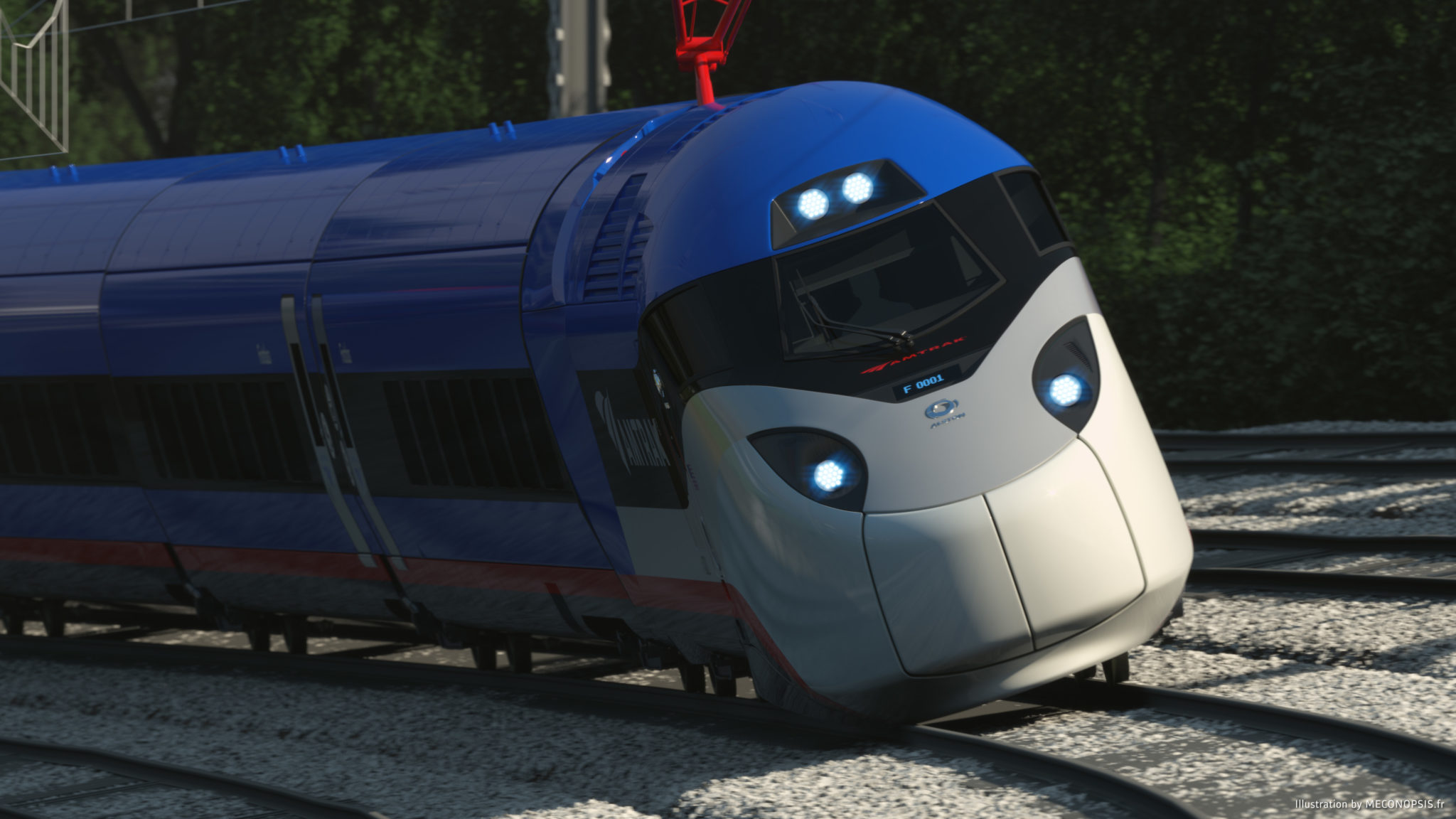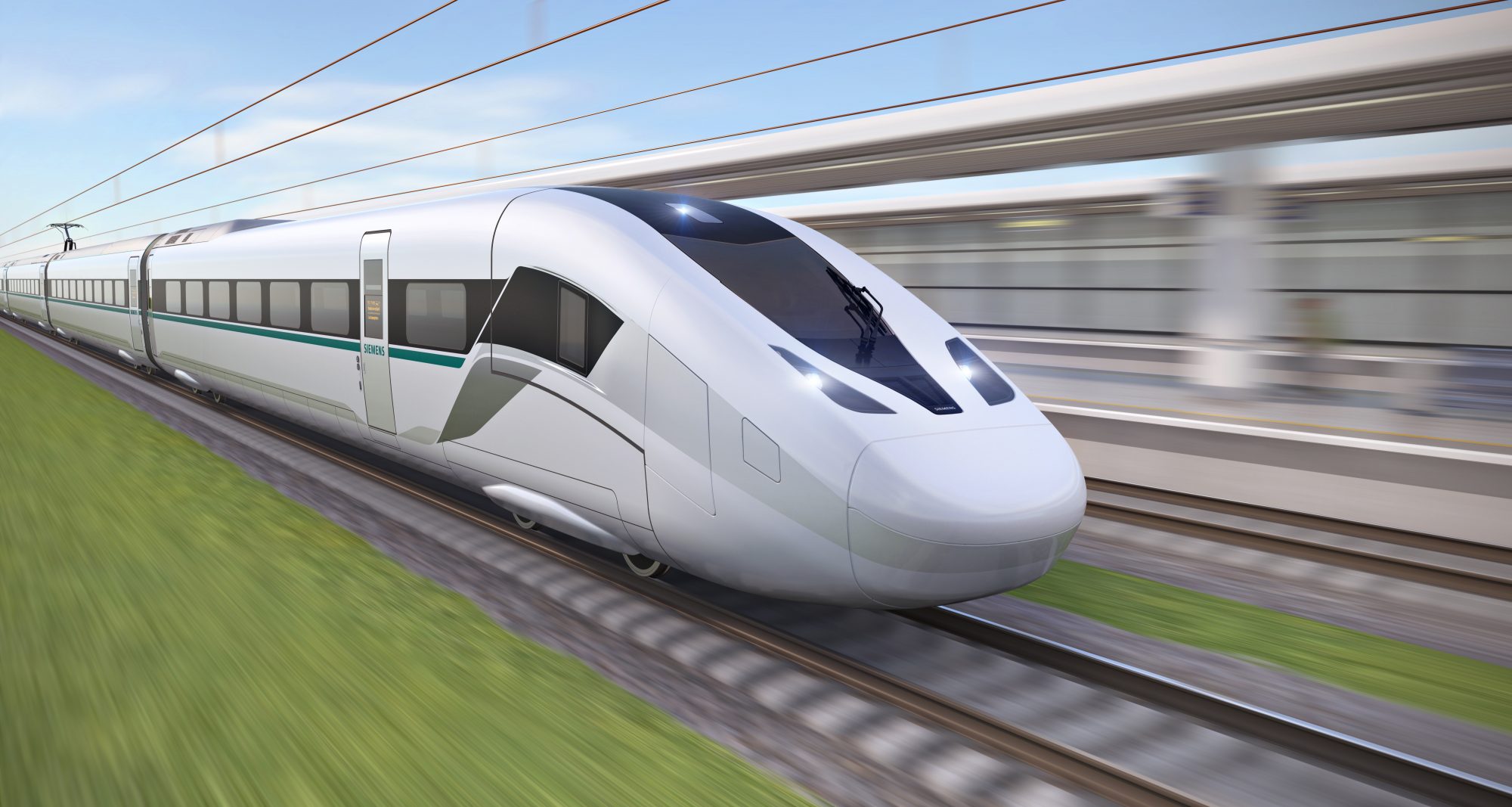

The N700 has a top speed of 300 kilometers per hour and the ability to tilt on turns. With its white-blue livery and aerodynamic duckbill nose, it succeeded the 700 series, which is used on slower runs. Top speed has risen from 210 km/h (130 mph) to 320.
#Bullet train speed series
The 16-car N700 series is the flagship train for the popular Tokaido and Sanyo Shinkansen lines. Over the past half century, the made-in-Japan technology behind these sleek trains has continued to evolve. Manufacturers include Kawasaki Heavy Industries, Hitachi, Japan Transport Engineering Company and Nippon Sharyo.

While they’re all super sleek, often with long nose cones, there are carriage variations such as double-decker cars and Green Cars, which is Shinkansen parlance for first class. There are nearly as many kinds of Shinkansen trains as there are Shinkansen lines. This Kagoshima Route is only one half of the Kyushu bullet train – a Nagasaki Route, or West Kyushu Route, is planned between Nagasaki City and Hakata, with a section to Takeo Onsen to open in 2023.

Kyushu has seen more bullet train development recently with the 2011 launch of the Kyushu Shinkansen between Hakata and Kagoshima. It will be expanded to Fukui Prefecture, possibly linking to the Tokaido Shinkansen, within the next decade or two. It links Takasaki in Gunma Prefecture with Kanazawa in Ishikawa Prefecture on the Sea of Japan coast, passing through Toyama. A major offshoot of the Joetsu line is the recently inaugurated Hokuriku Shinkansen. Over 2,800 pairs of bullet trains numbered by G. Opened in 1982, the Joetsu Shinkansen has trains that depart from Tokyo, with some going off on a very short branch line at Echigo-Yuzawa to the Gala-Yuzawa ski resort. China high speed trains, also known as bullet or fast trains, can reach a top speed of 350 km/h (217 mph). Other bullet trains that use the Tohoku Shinkansen tracks form part of the Joetsu Shinkansen, which extends from Omiya in Saitama Prefecture to Niigata in Niigata Prefecture. Both bullet trains use part of the Tohoku Shinkansen when departing from Tokyo, and then run at slower speeds when using the shared tracks. The Yamagata Shinkansen connects Fukushima in Fukushima Prefecture with Shinjo in Yamagata Prefecture, while the Akita Shinkansen joins Morioka in Iwate Prefecture with Akita in Akita Prefecture. Unlike regular Shinkansen, they use converted narrow-gauge track that is shared with regular trains. Two “mini Shinkansen” lines were added to the Tohoku Shinkansen Line in the 1990s. An extension to Shin-Hakodate, which will go through the undersea Seikan Tunnel, will bring bullet train services to Hokkaido for the first time in March 2016 a further extension to Sapporo is planned for around 2030. The Tohoku Shinkansen, opened in sections starting in 1982, currently links the capital with Shin-Aomori in northern Honshu. Shinkansen high-speed train network in JapanĪnother major Shinkansen route goes northward from Tokyo.


 0 kommentar(er)
0 kommentar(er)
